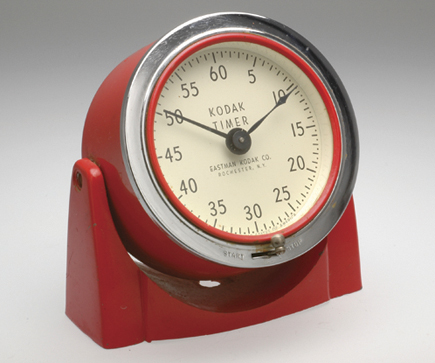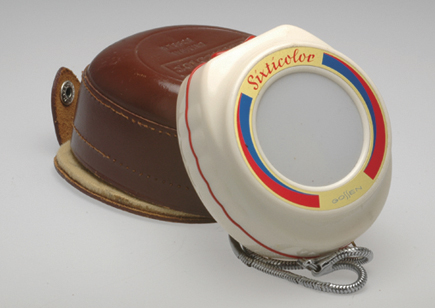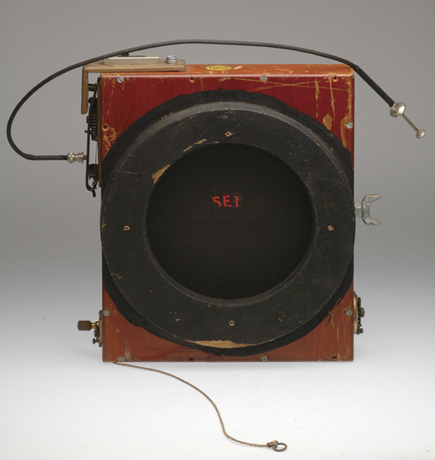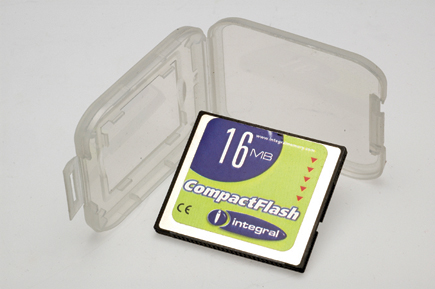Classic Cameras; An Odd Group Of 11; Back Of The Closet Accessories That Bring Back Past Times Page 2
Prontor Long-Exposure Cable Release
This is simplicity itself. You set the desired long speed on the twist-dial, from 2-32 seconds; press the release in; and let it go. An escapement train starts up, and after the requisite number of seconds, the release pops up again. When it was new it was about as accurate as counting a thousand-and-one, a thousand-and-two, etc., but decades on it needs to be exercised regularly or it tends to stutter to a halt as a result of dried lubricants. I often use mine as a plain cable release (no delay set) because the release rod can be adjusted for length past the end of the release, with a maximum extension of around 22mm or 0.9”.
 |
|
|
Kodak Darkroom Clock
Although it’s extremely beautiful, and although you can tilt the face to give a convenient viewing angle, it’s not actually outstandingly useful unless it’s bolted down, as the left-right control for turning it on and off is quite stiff and the clock skates around unless you hold it with your other hand. But if it’s bolted down, it’s inconvenient to wind: you have to spin it in its mount. Also, seconds and minutes are reset separately via twist-knobs on the back, rather than via a single flyback lever.
 |
|
|
Cut-Film Adapter
When cut film replaced plates, there were lots of plate holders around that didn’t take film. Easy! Slide the film into one of these little metal adapters, and then load the film plus adapter as if it were a plate. These were still a normal item of commerce in the ’70s; today, they are eagerly sought after by collectors who actually want to use their old cameras.
 |
|
|
Gossen Sixticolor Meter
Modern color temperature meters normally use three cells, red-green-blue, to give accurate color temperatures, but this very handsome Gossen uses only red and blue, which is often more than accurate enough. The lower read-out is in Kelvins (still called degrees Kelvin when this was made), from 2800-20,000; the upper is in decamireds, so you need a conversion chart for Wratten equivalents. Four film types can be set: D (Daylight)/T (Tageslicht), F (clear flash bulb), A (photoflood), and B/K (3200K Kunstlichtfilm).
 |
|
|
As well as being used to set camera filtration (increasingly irrelevant in digital photography), color temperature meters are used when “gelling off” (filtering) mixed light sources so that they match and do not illuminate different parts of the scene with different colors—very relevant even with digital!
 |
|
|
Thornton-Pickard Roller-Blind Shutter
An accessory shutter? Well, why not? If you use big brass lenses, Thornton-Pickards are useful to this day. I use mine for Hollywood-style portraits on 8x10”, with a 100-year-old 21” (533mm) f/7.7 Ross lens, and I had another synchronized for flash. Pull on the string, and there are two detents: open (for focusing) and “set” (as here). Set the lever beside the release to “Time” or “Inst” (Instantaneous) and, if you’re using “Inst,” wind the spring tension to give 1⁄10, 1⁄20, 1⁄30, 1⁄40, or 1⁄50 sec. Fire the shutter and there’s an impressive noise as it goes off, somewhat reminiscent of an
old-fashioned water-closet flushing. To release the spring tension for lower speeds, use your thumbnail to release the hairpin spring under the tension winder, and there’s another impressive noise as the pointer (on the other side) flips back to 1⁄10.
 |
|
|
Integral 16MB CompactFlash
It’s a collector’s item nowadays. Hardly anyone buys cards under 256MB anymore, and even 1GB gives you fewer than 100 raw 10-megapixel images, so this holds about one image. But it’s worth nothing and will store a few JPEGs if you are desperate. Or it’s a reminder of the Even Worse Old Days, with absurdly low pixel counts (I bought this for a 3-megapixel camera) and expensive memory.
The Bottom Line
The enthusiast-run camera stores of yesteryear were treasure houses of odd accessories. Today
they have all but vanished, but accessories like these—and plenty more—still turn up at camera fairs, yard sales, estate auctions, and elsewhere. Few have any significant financial value, and to be brutal, fewer still are of any use anymore. But historically; well, if we don’t keep ’em, who will?
For further information on the art and craft of photography from Roger Hicks and Frances Schultz, go to www.rogerandfrances.com.
- Log in or register to post comments

































